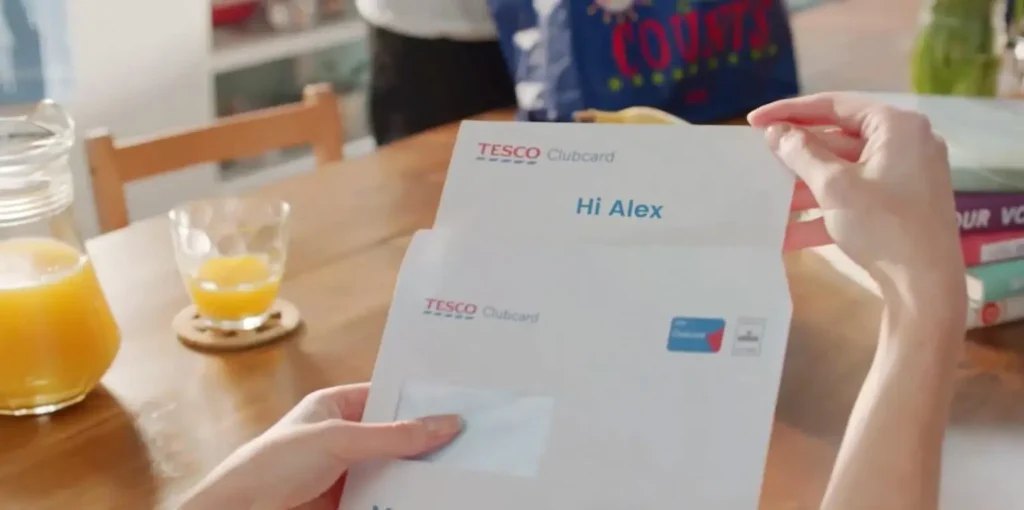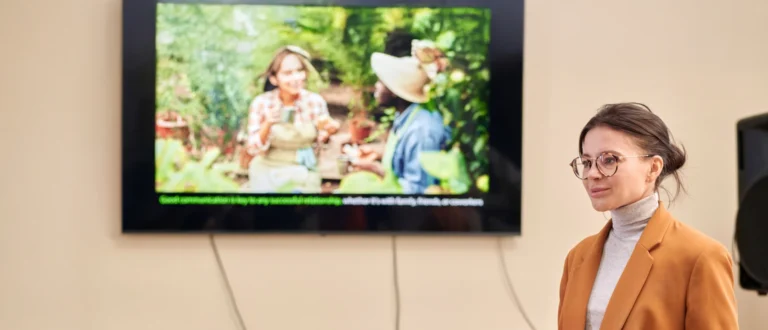Last week, in Outstanding Customer Experience for Insurance Companies – Part 1 we covered some of the customer experience trends and market disruptions in the insurance industry. In this part we reveal the secret sauce for customer success and how to overcome the challenges that keep insurance CMOs awake at night.
Acquisition – fast online quotes for insurance policies are an interactive and appealing way to acquire new customers and convert visitors to your site. Long and tedious explanations won’t get visitors to hit the subscribe button. Recommended: a visual and engaging communication channel which includes a pop-up insurance questionnaire segments the data needed to deliver on the fly and relevant policy quotes based on each customer’s answers.
Onboarding – this is the time where the customer is most open to engage with the company – likely to inquire about their full suite of services. Regulation for a clear and comprehensive insurance policy and term explanation is required. Highly intricate – insurance information can be difficult for many people to understand. As part of aiming to be transparent and needing to comply with legislation, insurance companies must invest in a digital channel that communicates this information in a digestible and compelling way. Additionally, providing customers with interactive services readily available to them can encourage increased subscription and login to e-portal services plus mobile app download for instant personalized communication.
Renewal – whether it’s automated or active renewal, insurance companies are obliged to communicate the end of policy period and the beginning of the new policy period accurately and on time. A renewal policy with a hassle-free approach can help to put customers at ease, benefiting customer retention in the long-run.
To experience how personalized video delivers and leverages this type of renewal communication, check out our car insurance renewal campaign:
Upsell – is vital. Always at the top of each CMO’s list – it’s great collateral for increasing revenue, customer lifetime value and provides the client with full policy protection. Also part of the retention strategy, it aims to block out introduction to complimentary competitor offers.
Here’s how a personalized renewal video for home insurance can be used for upselling a complimentary life insurance policy:
1. Address the customer by their first name and present them with their key insurance policies:
– Home insurance policy, including the value of their home, the amount they’re insured for (in case of fire, storms and other types of damage to their house).
– Personal property coverage (including things in their home such as furniture, clothing and appliances).
– Personal liability insurance coverage (in case someone else is injured in their property).
2. Present the customer with coverage they might be missing at an afforable rate like – life-term insurance and its added-value. By mentioning how it would help their spouse cover house mortgage and bills in case they’re no longer around, insurers can tap into customers’ emotional aspect that’s needed to influence and secure policy engagement and converison.
Cross-Sell – for revenue increase. Options for communication: one use case can be for car insurance, with the option to add life insurance coverage. Another use case can be for various insurance programs, encouraging customers to engage with the provider for all their insurance needs, offering them better price rates and categories they’d like to add to their policy.
Claim Management – with fluent communication along the claim process reduction in calls to call center improves. Accelerating the claim process can lead to a dramatic increase in overall customer satisfaction and loyalty. It can also ensure that the customer will cover the new asset (i.e. car) with the very same insurance company. Recommended communication: walk the customer through the claim process. Update him about the steps he needs to take and of any delay he may be faced with, introduce him to the agent he should be in-touch with for his insurance policy renewal – this type of guidance can highly improve customer retention.
Mobile App Adoption has its own benefits for insurance companies:
1. Customer communication is shifting to mobile from desktops. Insurers are left with no other option but to apply mobile communication strategies to their marketing mix.
2. Making an insurance policy accessible anytime, anywhere, keeps customers up-to-date with their coverage – including actions they’ve taken or should take in the future. Efficient claims management is enabled with automated claim submission and claim tracking through mobile devices. Recommended: Creating campaigns to motivate app download for enhanced user-experience and customer engagement.
Customer Satisfaction and NPS – for brand credibility and customer loyalty. Recommended: Create a powerful and personal communication strategy using multiple digital channels to reach out and connect with your customers at every touch point. Visual storytelling using personalized video is the perfect archetype. It combines and leverages brand culture and affinity, education, customer engagement, loyalty and sales all into one.
Positive Customer Experience Reaps Rewards
It’s evident that customer experience requires a serious makeover in the insurance market. The first step to this communication transformation is going digital and creating a standout online presence. Capgemini’s research supports this digital move and the benefit of investing in customer experience. It shows that customer-centric insurance companies with a digital presence were 26% more profitable. This positive impact on customer experience is crucial in every aspect. Specifically, in promoting brand trust and credibility – as customers who have a positive experience are twice as likely to refer their insurer to friend or family and purchase additional products.






